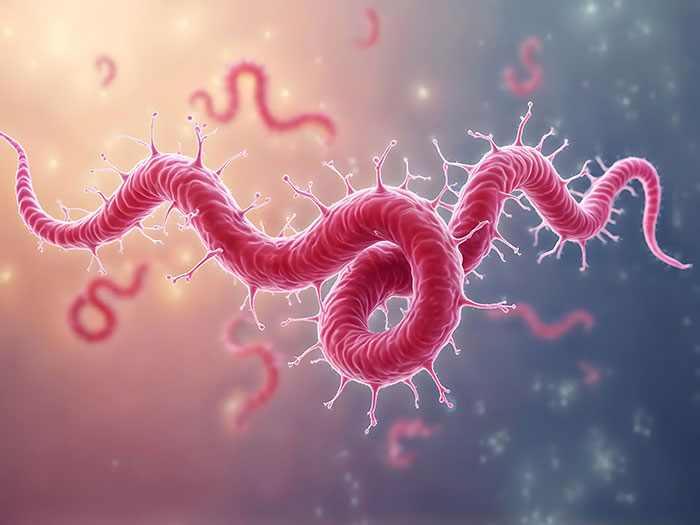Lyme Disease Videos
Lyme Disease
Lyme Disease 101: An Introduction

Lyme disease is not new, it’s been around for over 5,000 years and infects about 300,000 people per year in the U.S. alone. In 1977 three Connecticut communities reported an epidemic of oligoarticular arthritis. Several years later in 1982, Dr. Burgdorfer discovered there was a spirochete bacteria in the tick, which was named after him — Borrelia burgdorferi.
The spirochete can be transmitted through the bite of an infected black-legged tick. The longer a tick is attached the greater the chances are of it transmitting a disease. As the tick feeds on the blood of its host it releases the Borrelia burgdorferi bacteria, as well as other co-infections, into the bloodstream. Anyone can become infected with Lyme disease.


The highest number of reported cases in the US occurs among children 5 to 14 years old and adults 45 to 54 years old. According to the Centers for Disease Control, the majority of cases occur in the Northeast and Upper Midwest. But cases of Lyme disease have been reported in all 50 states.
Identifying Lyme disease is not so easy for a number of reasons. Laboratory tests are often unreliable and the number of infectious diseases carried by ticks has grown significantly. Also, hallmark signs of Lyme disease aren’t always present and many of the symptoms vary greatly from patient to patient and are similar to other medical conditions. There have been many cases where patients with Lyme disease have been incorrectly diagnosed with multiple sclerosis, thyroid disease, psychiatric disorders, fibromyalgia, chronic fatigue syndrome, autoimmune diseases: including lupus, rheumatoid arthritis and polymyalgia rheumatica among others.
Remember Lyme disease is a far greater threat than is generally recognized, so even if you don’t have Lyme disease be alert and informed.”
The CDC recommends wearing light-colored clothing because it is easier to spot ticks, wear long sleeve t-shirts and pants, wear socks and enclosed shoes, remain on trails and avoid hiking through tall vegetation, apply repellents containing 20% or more DEET. If you have pets, protect them with tick repellents to reduce chances of ticks being brought indoors. Another step you can take is to perform tick checks after you come in from outdoors. You can check for ticks a second time the following day since ticks will become larger from feeding and easier to spot.
Ticks prefer warm moist areas such as behind the knees, groin, belly button, underarms, behind the ears and hairline, so be sure to check those areas. Shower after being outdoors to wash off loose ticks but remember deer ticks can be submerged in water for 2 to 3 days and remain alive. Water will not rinse off or kill attached ticks. Check your clothing carefully and before you wash your clothes place them in the dryer at high heat. A recent study found that it only takes 6 minutes of high heat to effectively kill ticks in the dryer.
The CDC recommends treating your clothing and gear with products containing 0.5% Permethrin. Permethrin should be applied in a ventilated area and will remain protective through several washings. Despite these recommendations it is still possible to contract Lyme disease or other tick-borne illnesses.
Remember Lyme disease is a far greater threat than is generally recognized, so even if you don’t have Lyme disease be alert and informed.



